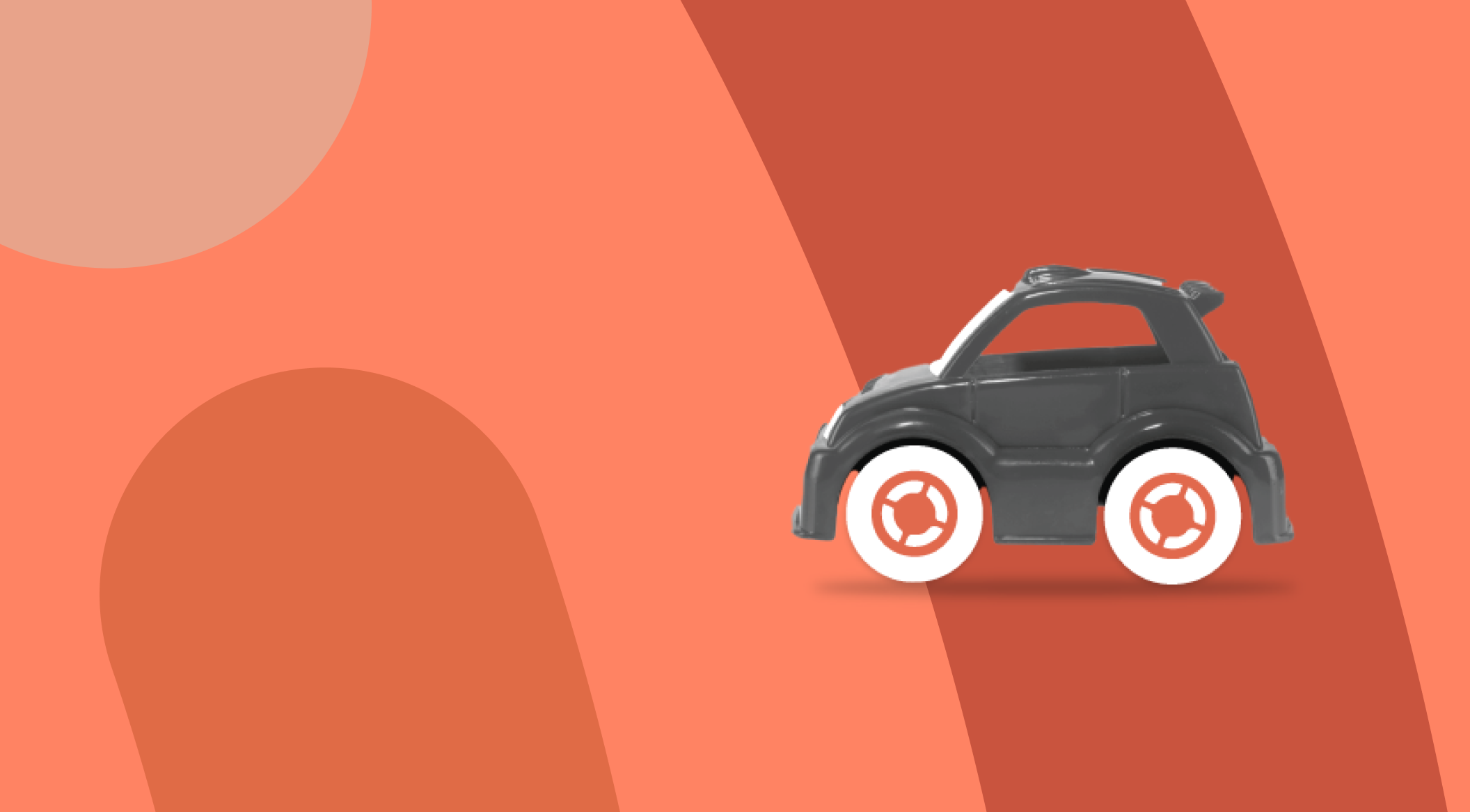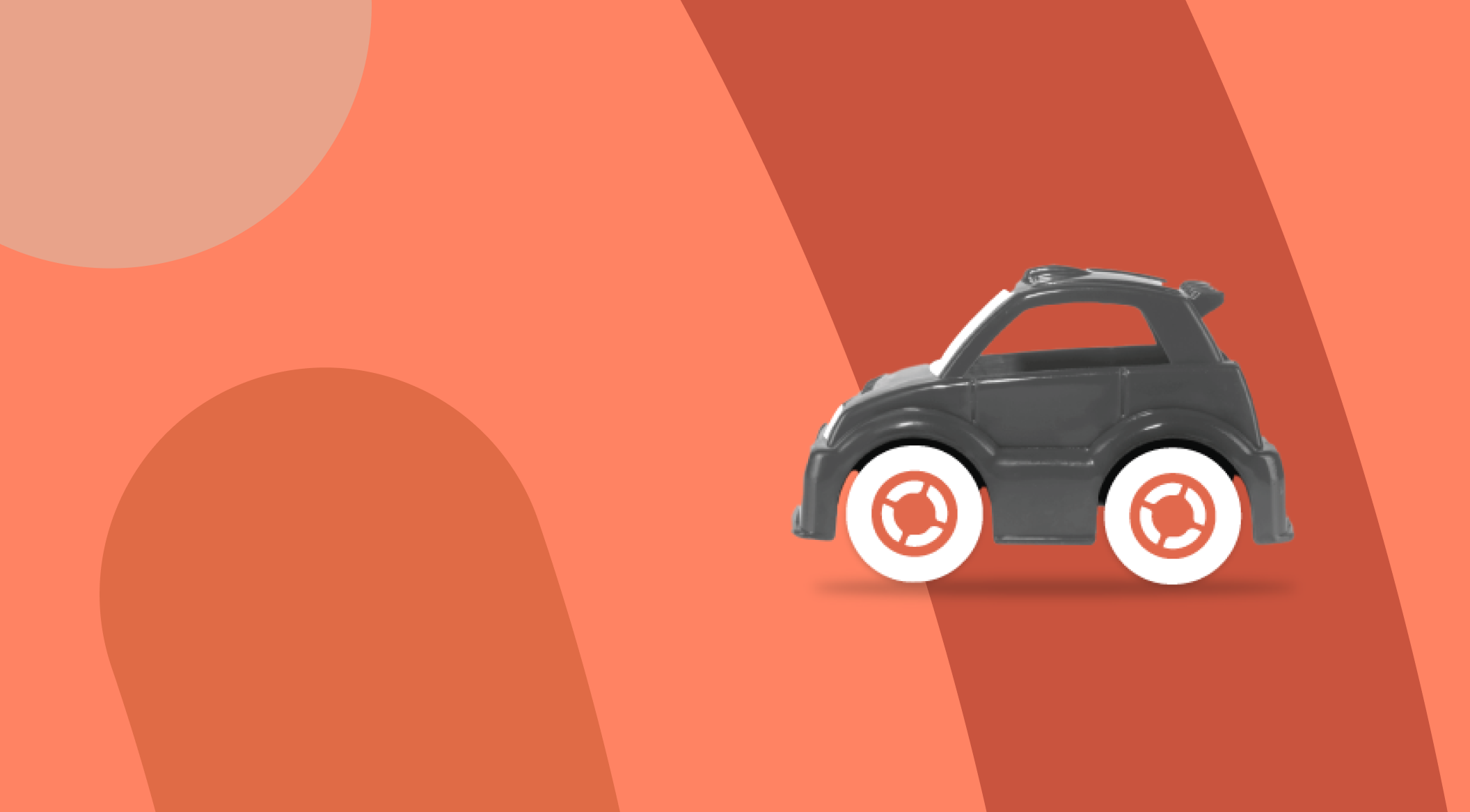What is a cat D car?

What Is a Cat D Car?
You may have seen this term when looking for second-hand cars to buy, or you may even have heard your own car described in this way following an accident. Basically, Cat D is a designation that may be applied following an insurance write-off, but what exactly is a Cat D car, and what does this mean for you and your vehicle? Read on and learn more about this category of vehicle.
Understanding write-off categories
The words "insurance write-off" don't exactly fill anyone with confidence. This phrasing conjures images of completely wrecked vehicles or bashed-up cars that barely even resemble their former selves. In fact, this is not true in many cases — or even in most cases.
An insurance write-off basically means that the damage to the vehicle is not worth repairing — i.e., the repair job is going to cost more than the car is worth. You might be surprised by how much repairs can cost, and even relatively minor bumps and scrapes may result in a write-off in some cases.
This is why there is a category system in place. There are four of these categories in total, and each one designates a specific level of damage severity — as a write-off isn't necessarily the end of a car's life, these designations are very important indeed.
- Cat A is the most severe category, and this means severe structural damage that cannot be repaired. This car is only going one place — the scrapyard.
- Cat B is the second most severe category, with severe structural damage that cannot be repaired, although some of the parts may be suitable for use in other vehicles.
- Cat C used to be the third most severe category (more on this below). This meant structural damage had occurred, but the damage was repairable, and the car would still be roadworthy after these repairs are carried out.
- Cat D used to be the least severe category, with no damage to the structure of the car — all other damage could be repaired to make the car roadworthy again.
Since 2017, Cat C and Cat D have been replaced with Cat S and Cat N, respectively. This change was made to highlight the clear difference between a car that is safe to be repaired and returned to the road, and a car that is not.
So, Cat C is now Cat S — structural damage has occurred but can be repaired.
And Cat D is now Cat N — all damage is non-structural and can also be repaired.
To eliminate all confusion, once and for all, just remember this:
- Cat S stands for Structural damage.
- Cat N stands for Non-structural damage.
- Cat C and Cat S are the same thing.
- Cat D and Cat N are the same thing, too.
What Cat D means for your car
If your car is designated as Cat D or Cat N, what does this mean — specifically, what happens next?
For a car you already own, you probably want to know whether you can get back on the road or not. Well, the good news is — you can. The slightly-less-good news is that you will need to make sure all repairs are carried out to a satisfactory standard and that the car is passed as roadworthy.
As we've discussed above, these repairs can be expensive. Remember, the vehicle is still a write-off even if it is only Cat D, and so the insurance provider has decided that the cost of the repair is simply not worth it. Bear this in mind when you are deciding what to do with your Cat D car.
For car buyers, it's a little different. The seller will have to advertise their car as Cat D or Cat N, so you will know immediately what you are getting. In many cases, the seller will already have carried out the repairs ahead of the sale — so you'll need to check that these repairs are up to standard.
In other cases, the seller may expect the buyer to carry out the repairs themselves — the seller should need to make this known upfront. While this can be a good way to find a car cheaply, you'll still have to complete those repairs. Again, this can be pricey. Just because the damage is non-structural does not necessarily mean it is only cosmetic, and you'll need to make sure the car is passed as roadworthy before you can drive it.
If you do decide to buy a Cat D or Cat N vehicle, you can consider going through a dealer rather than a private seller. This may give you more protection in the event that there are any problems with the vehicle or with the transaction.
Insuring a Cat D car
Can you still get insurance if your car is Cat D? Yes!
Is it as easy as getting insurance for a standard car with no history of serious damage? Not in all cases.
But let's focus on the positives. Some insurance providers do have policies that include Cat D or Cat N cars, alongside other classifications of vehicle, so you certainly do have options. You just need to bear in mind the risk involved — as there is a greater perceived risk for the insurance provider when they deal with a Cat D vehicle, you can expect your premiums to be a little bit higher.
Also, the pesky question of roadworthiness rears its head again. Your insurance provider may want to make totally sure that the vehicle has been adequately prepared and is safe for use on the road. It's possible that the provider will need to check the vehicle to ensure this, and they may require further repairs before coverage is granted.
A few final tips...
Do you have a car that has suffered non-structural damage and been written off? Are you looking to buy a vehicle that has been designated as Cat D or Cat N? You're going to need insurance.
Urban Jungle is not a financial advisor and information in this article should not be taken as advice or recommendation.





